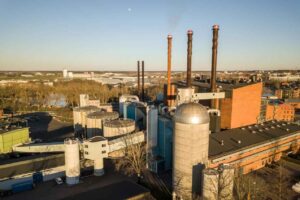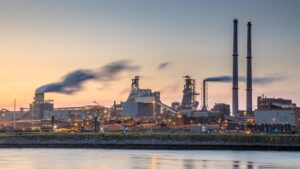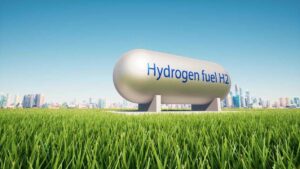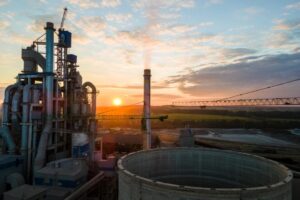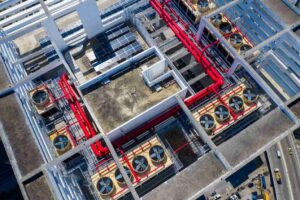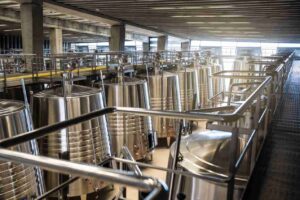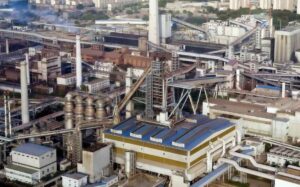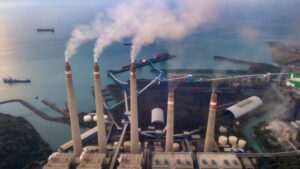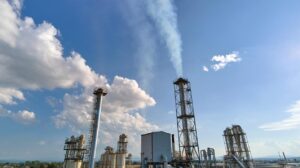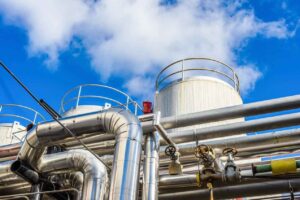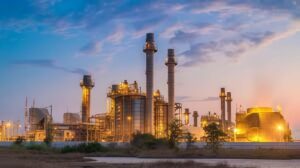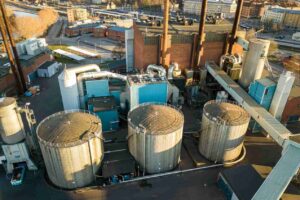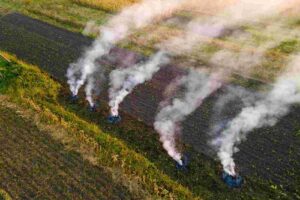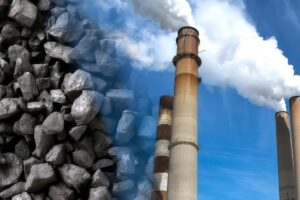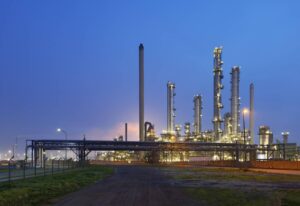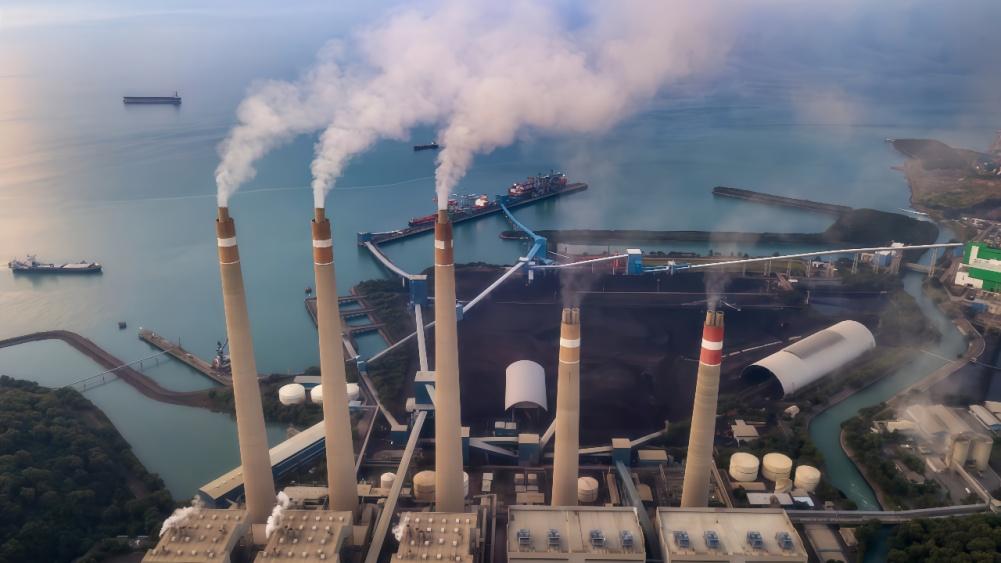
Process Gas Analyzers (Indonesia Biomass Power Plant)
Industrial plants often hide invisible threats: toxic leaks, flammable vapors, and oxygen depletion. These hidden dangers can trigger explosions, fires, respiratory harm—or even fatalities. Yet, they frequently go unnoticed until it’s too late.
Process gas analyzers are specialized instruments that continuously monitor gas compositions in vents, pipes, or the air. By detecting unsafe gas levels in real time, they give engineers early warning and control options, preventing incidents before they occur. In effect, process gas analyzers act as a critical layer of protection: they alert operators or automatically trigger safety interlocks when gas concentrations exceed safe limits. Let’s check 7 core safety functions of process gas analyzers:
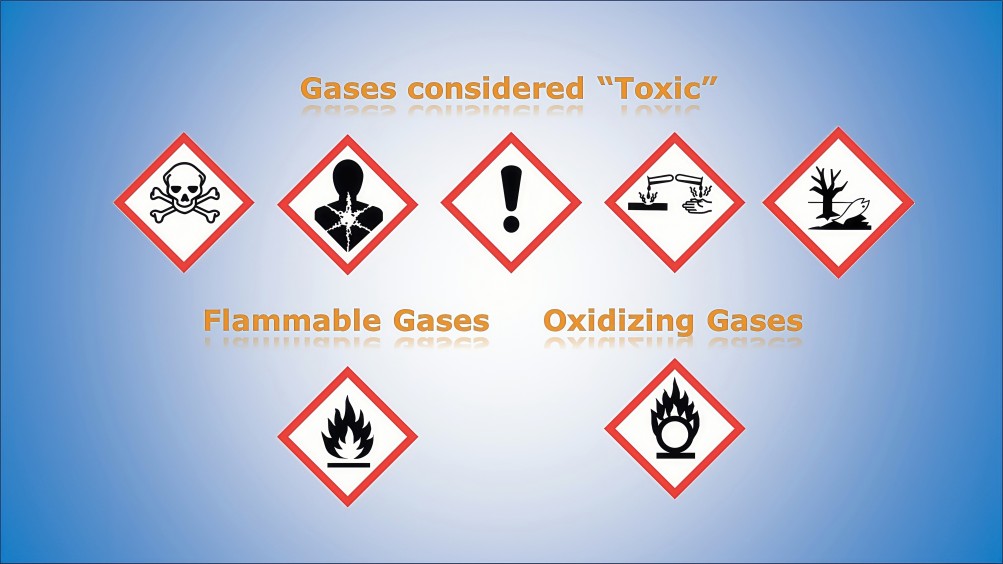
1.Continuous Hazard Detection:
Process gas analyzers constantly measure gas concentrations and immediately signal if any toxic, flammable, or O₂-anomalous condition appears. For example, if hydrogen sulfide (H₂S) or carbon monoxide (CO) starts to leak from a tank, the analyzer will see even minute increases and alarm.
As the best gas analyzers and gas monitoring solutions provider-ESEGAS- notes, process gas analyzers “detect potentially hazardous gases, ensuring harmful gas concentrations are identified before they pose safety risks.” This continuous vigilance catches hidden leaks long before workers encounter them.
2.Early Warning and Automatic Response:
Modern analyzers can trigger both alarms and automated controls. When a gas concentration crosses a safe threshold, the system can sound sirens, turn on ventilation fans, or even initiate a controlled shutdown of equipment. For instance, power-plant monitors are configured so that “plant operators can intervene before safety thresholds are breached,” averting dangerous situations.
In practice, this means analyzer detecting rising methane in a boiler room might automatically ignite a flare or increase draft to burn off the excess, rather than letting an explosion brew unnoticed.
3.Explosion and Fire Prevention:
By tracking combustible gases and oxygen content, analyzers help prevent explosive mixtures. Chemical facilities often use inert gas blanketing: e.g., nitrogen is injected to keep oxygen below a flammable level.
Continuous oxygen analyzers ensure this stays effective. Analyzers confirm to follow explosion-protection method (per NFPA 69) that the oxygen concentration remains below the point where combustion can occur. If the oxygen creeps up (due to a faulty valve or leak), the analyzer’s alarm causes the system to add more inert gas immediately, protecting personnel and assets.
4.Occupational Health Protection:
Many industrial gases are poisonous or asphyxiating at low levels. Gas analyzers help enforce exposure limits by warning of any rise in hazardous vapors. For example, they can detect parts-per-million H₂S, CO, ammonia, or chlorine before anyone feels the odor or gets sick.
In fact, safety guides emphasize that oxygen deficiency is a major hidden killer – “often referred to as the ‘silent killer’” – and must be monitored continuously. Similarly, analyzers spot high levels of toxic compounds so that ventilation can be ramped up or areas evacuated. In short, these devices protect worker health by ensuring dangerous gas concentrations never go unnoticed.
5.Confined-Space Safety:
Tanks, manholes, and vessels are notorious for hidden atmospheres of danger. Before entry, a gas analyzer with a pump samples the air (often from multiple heights to account for gas stratification) to check O₂, flammability, and toxins. Any out-of-spec reading triggers alarms and entry is delayed. OSHA requires that permit-required confined spaces be evaluated and continuously monitored for hazards.
In practice, pocket-sized multi-gas analyzers or fixed-point units are used in these spaces to provide real-time data to workers and supervisors. This practice has stopped many potential accidents; for example, a system that sounded the alarm for a rising solvent concentration in a tank forces immediate evacuation before ignition or poisoning can occur.
6.Safety Interlocks and SIS Integration:
In advanced plants, gas analyzers feed into Safety Instrumented Systems (SIS). These are designed control systems that automatically drive the process to a safe state when a hazard is detected. Gas analyzers can serve as the input sensor for an SIS.
In practical terms, if an analyzer detects excessive combustible gas, the SIS might immediately open a dump valve or shut a pump to stop the source of the leak. This automatic link between the analyzer and the plant’s safety shutdown logic provides a fast, reliable emergency response independent of human action.
7.Regulatory Compliance and Documentation:
Many regulations demand continuous monitoring of certain gases (e.g. EPA’s Clean Air Act monitors NOx/SO₂, OSHA’s PSM rule monitors flammables, etc.). Process analyzers ensure these rules are met while also improving safety.
By logging gas levels, analyzers also create records for audits and incident investigations. In essence, having a robust analyzer system both prevents hazards and demonstrates that the facility is actively managing its gas risks.
Conclusion
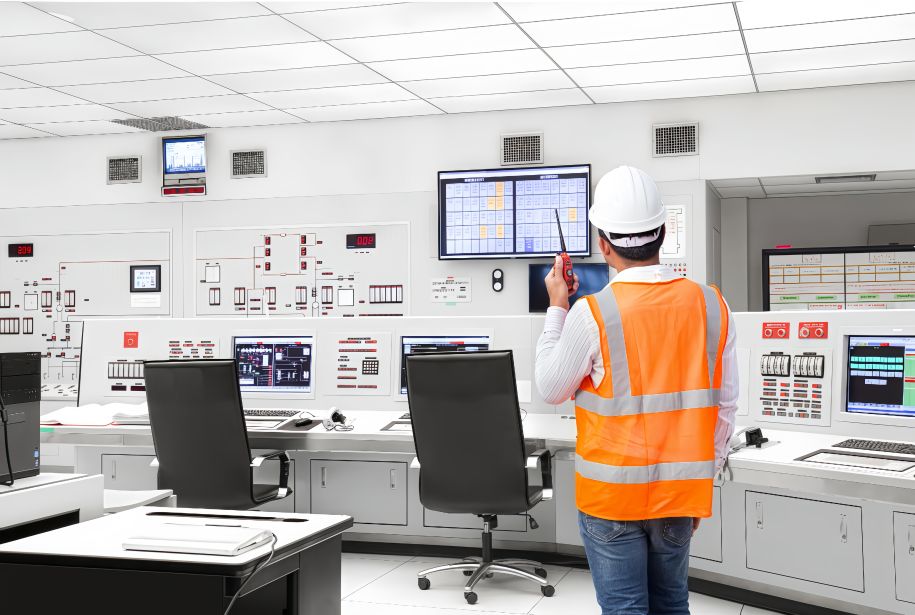
Process gas analyzers turn unseen risks into visible alarms and controls, fundamentally enhancing industrial safety. They ensure flammable mixtures stay outside explosive limits, toxic leaks are caught before exposure, and confined spaces are only entered when safe. As a result, analyzers help prevent tragedies and contribute to smoother, more reliable operations.




